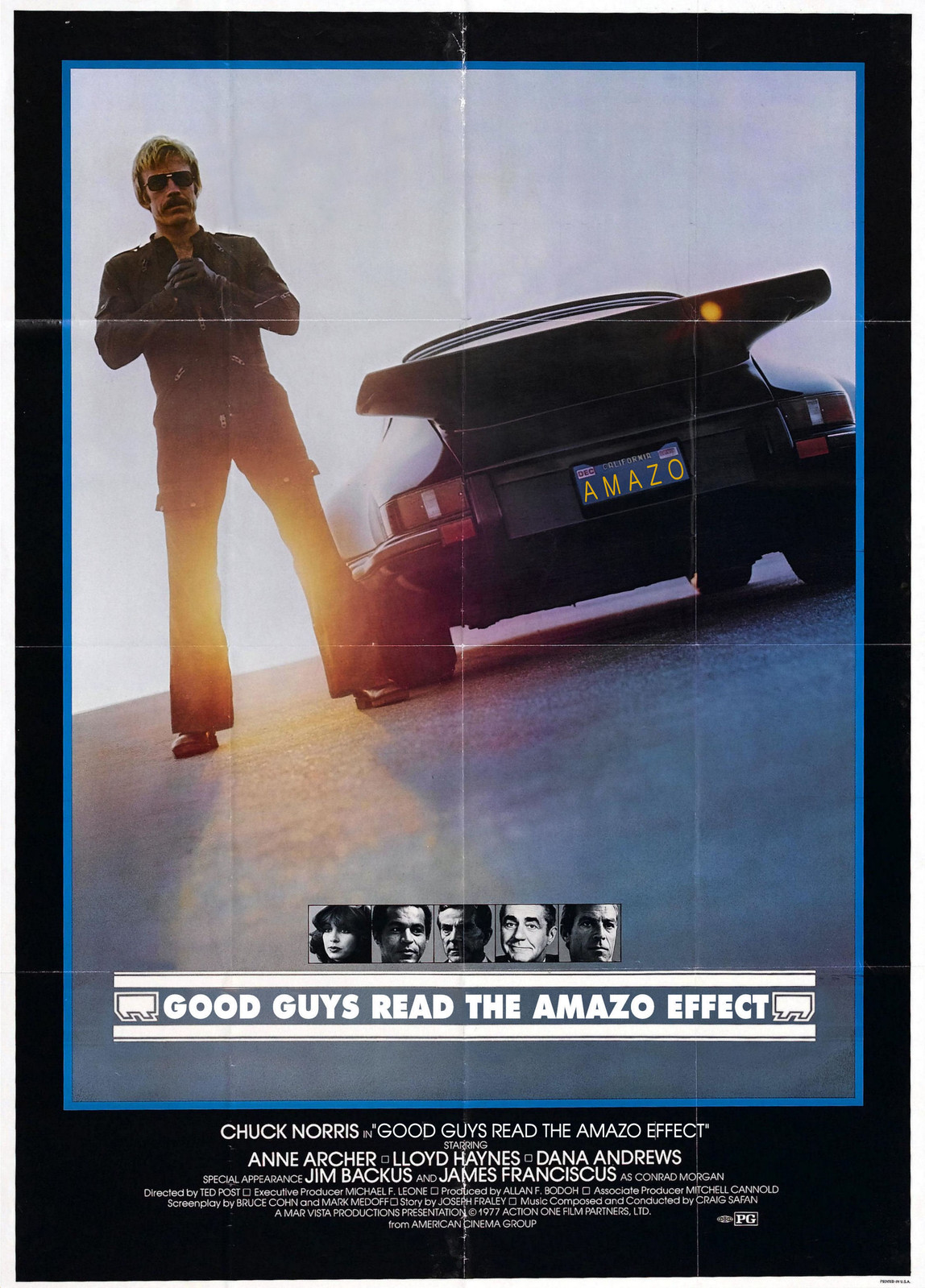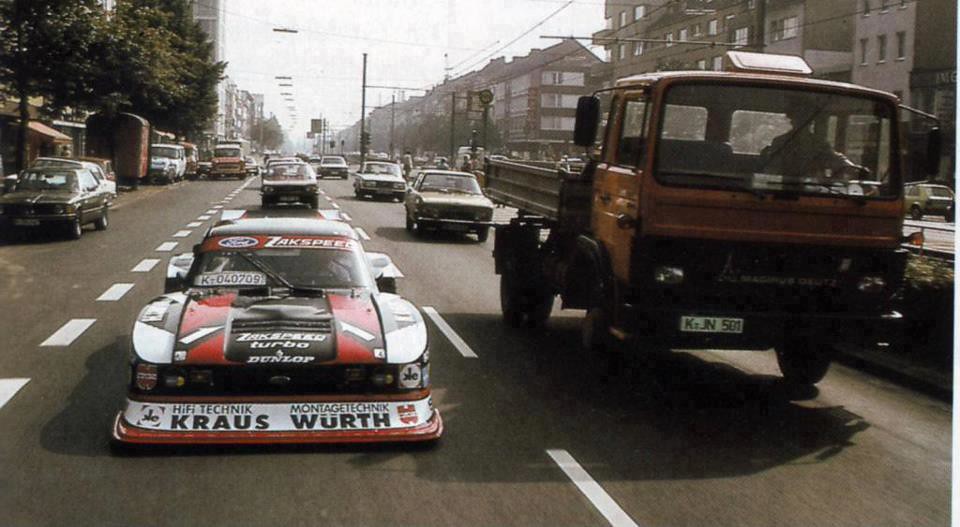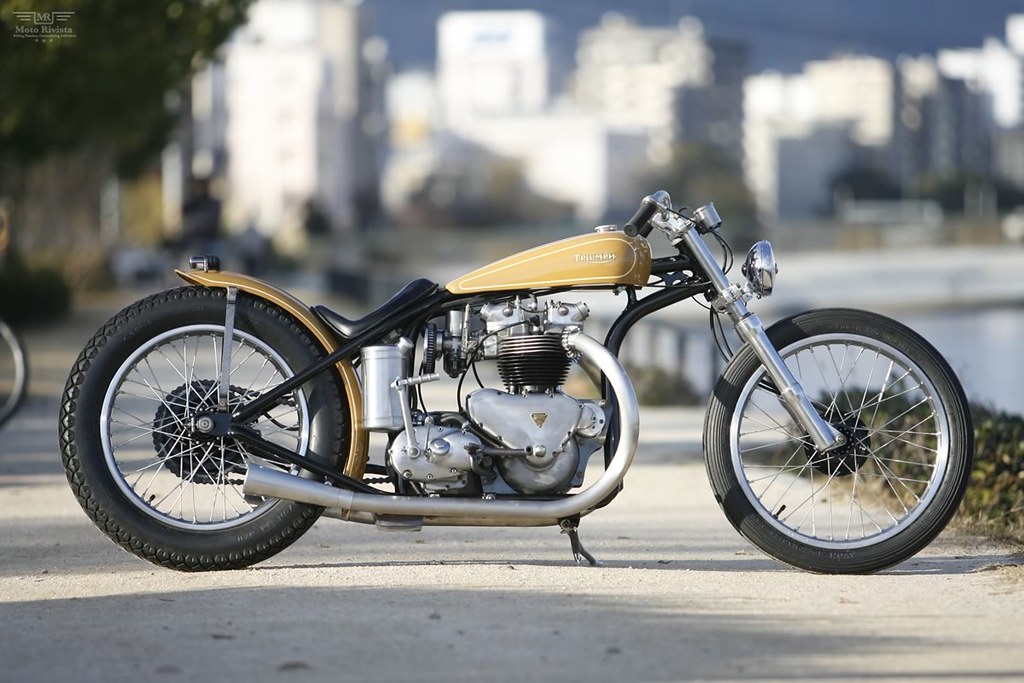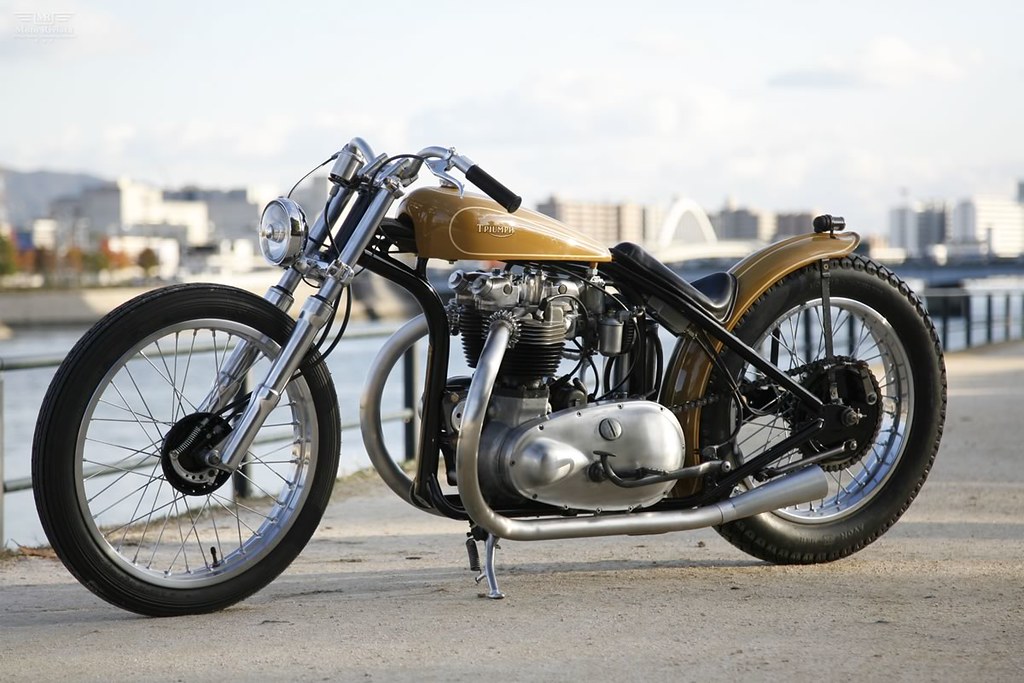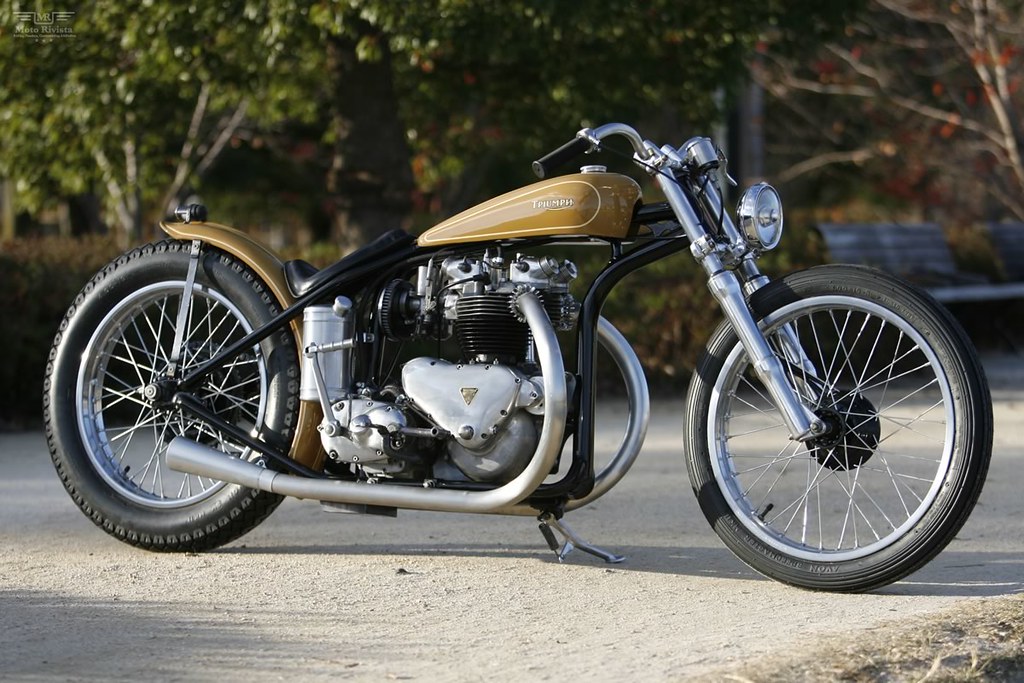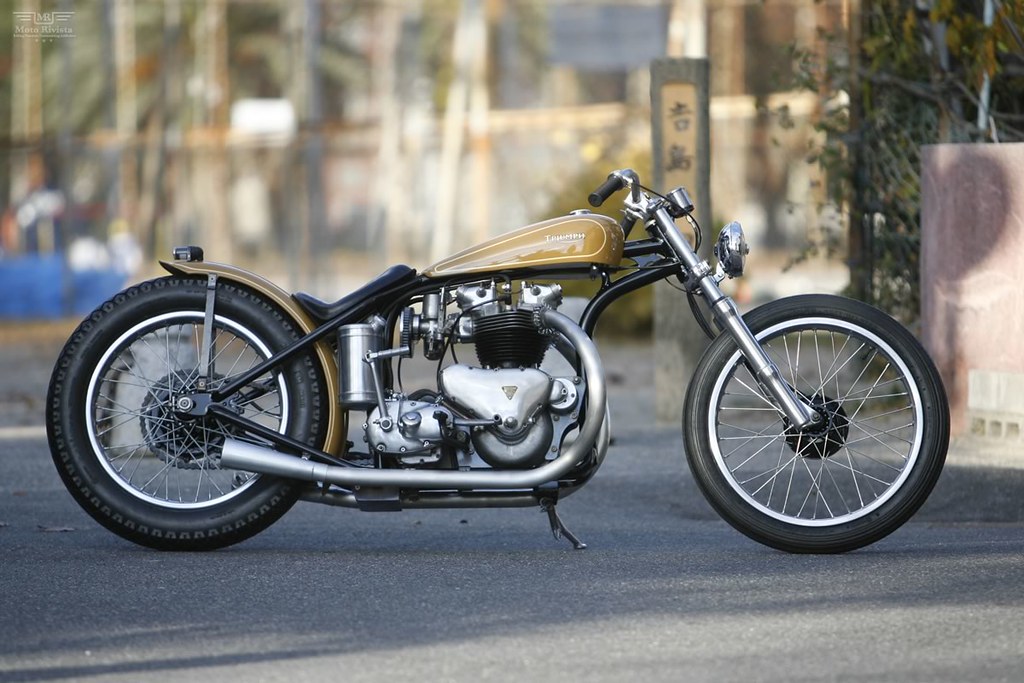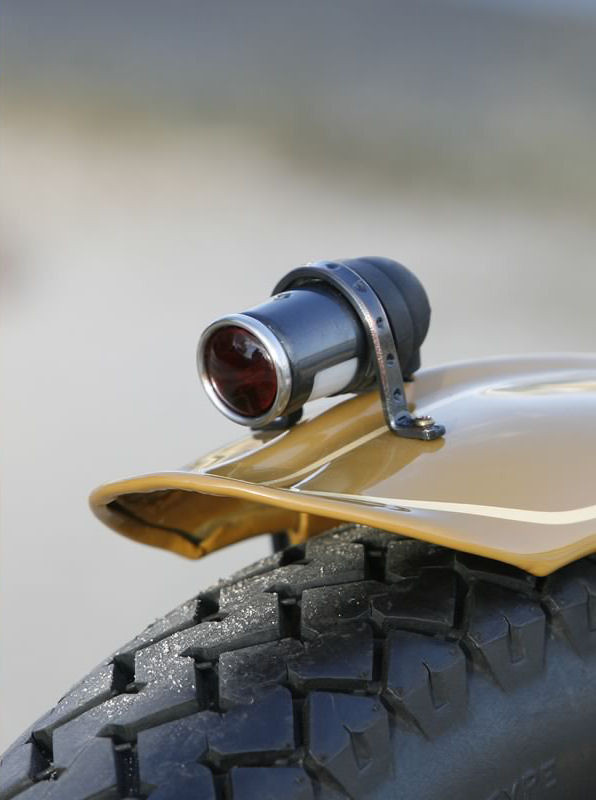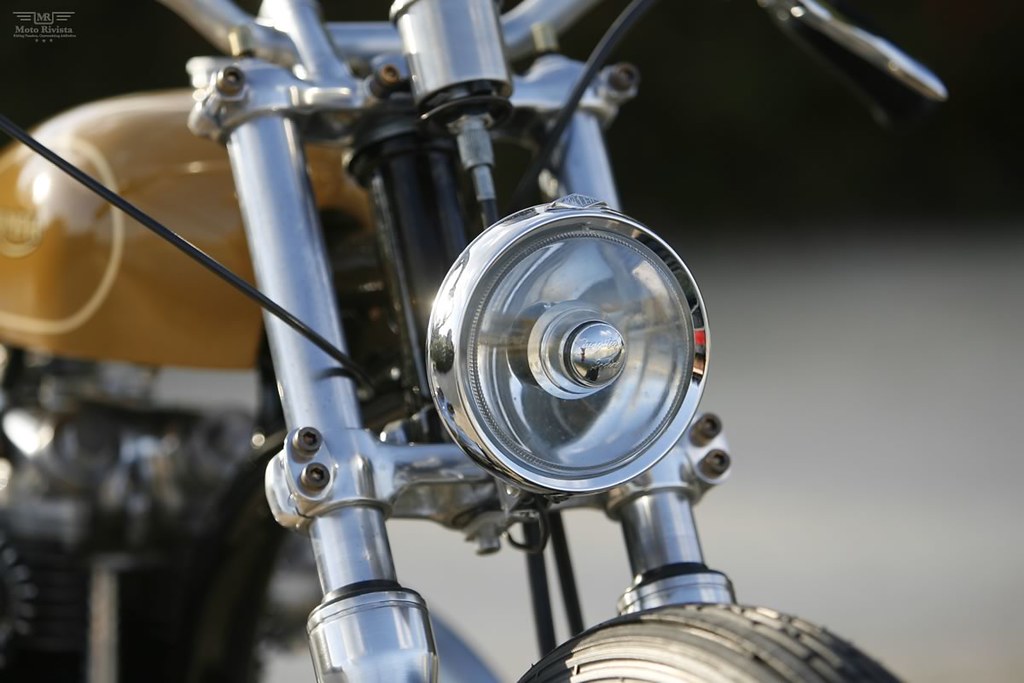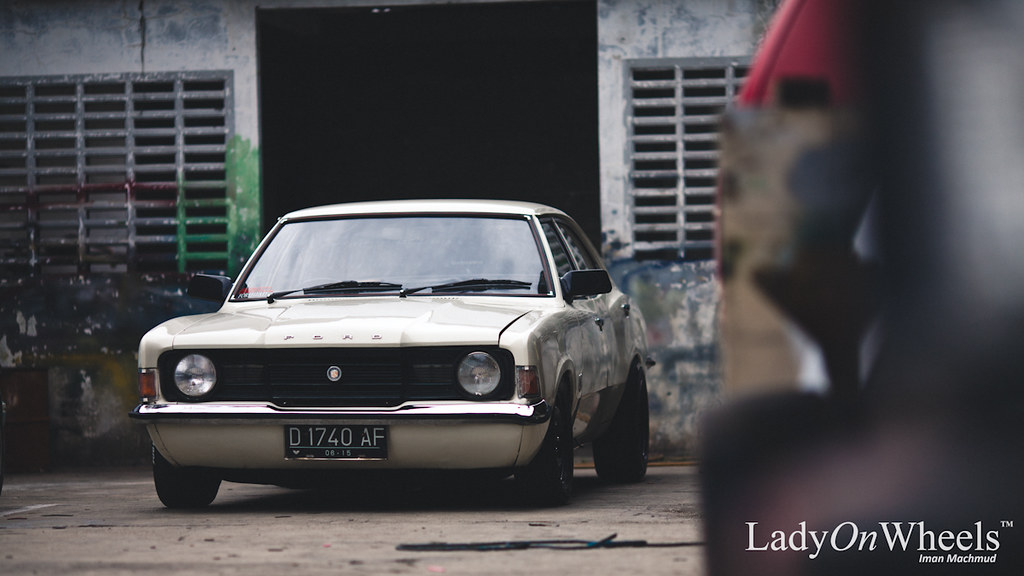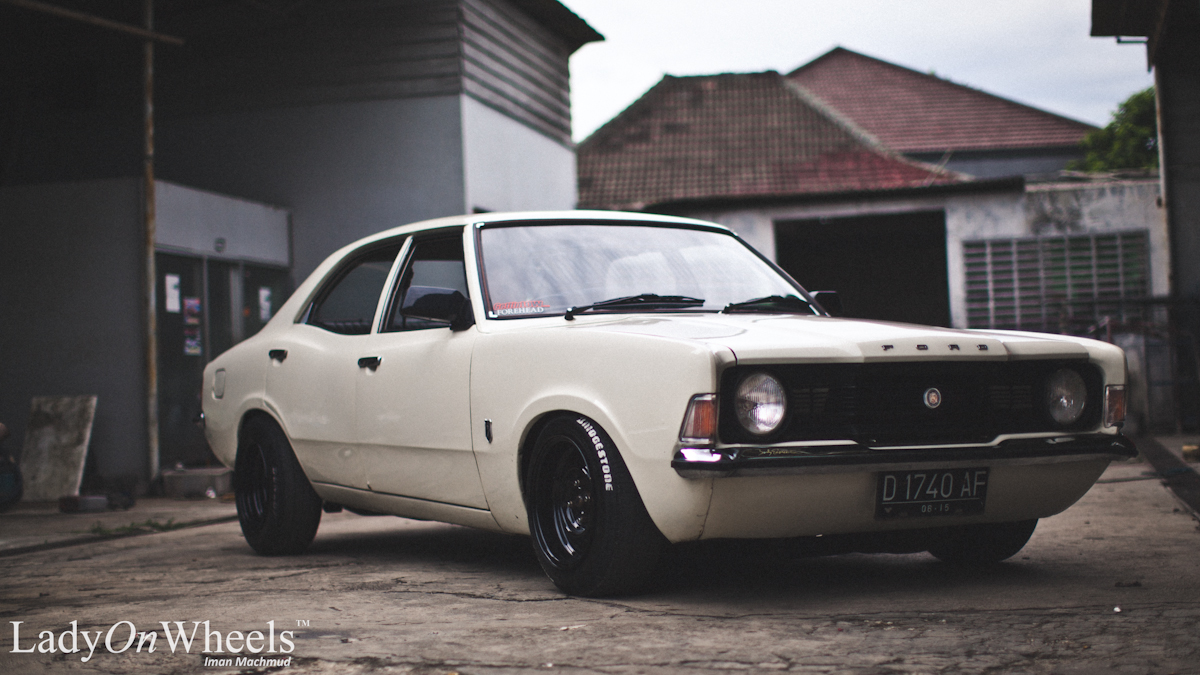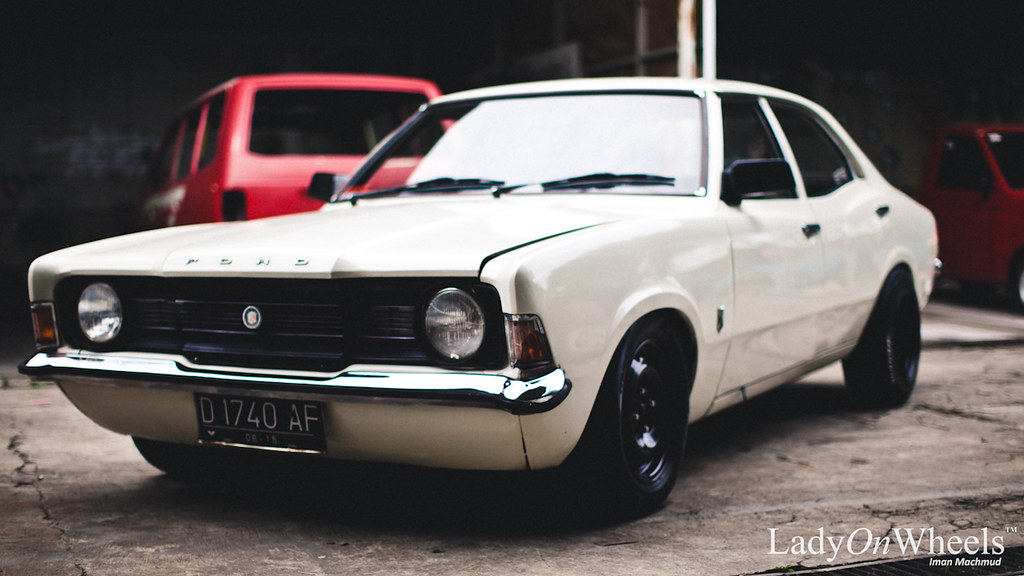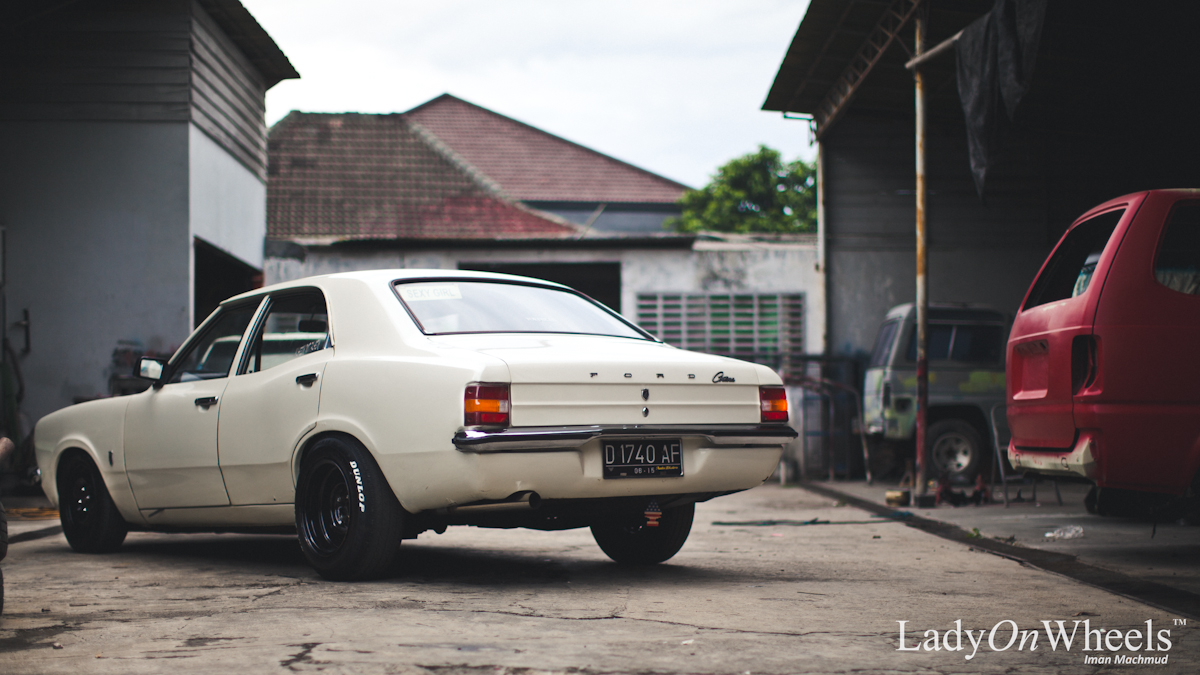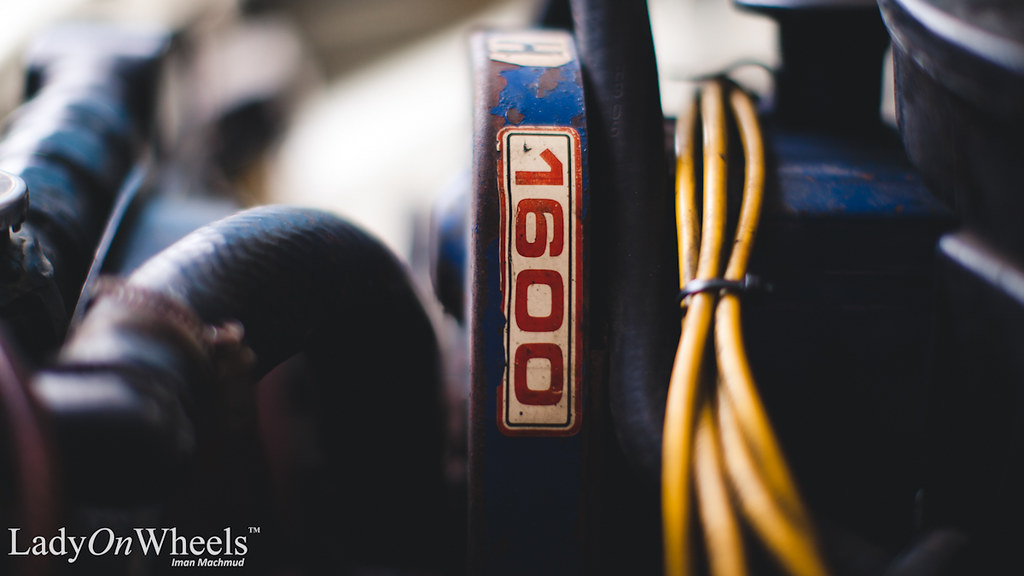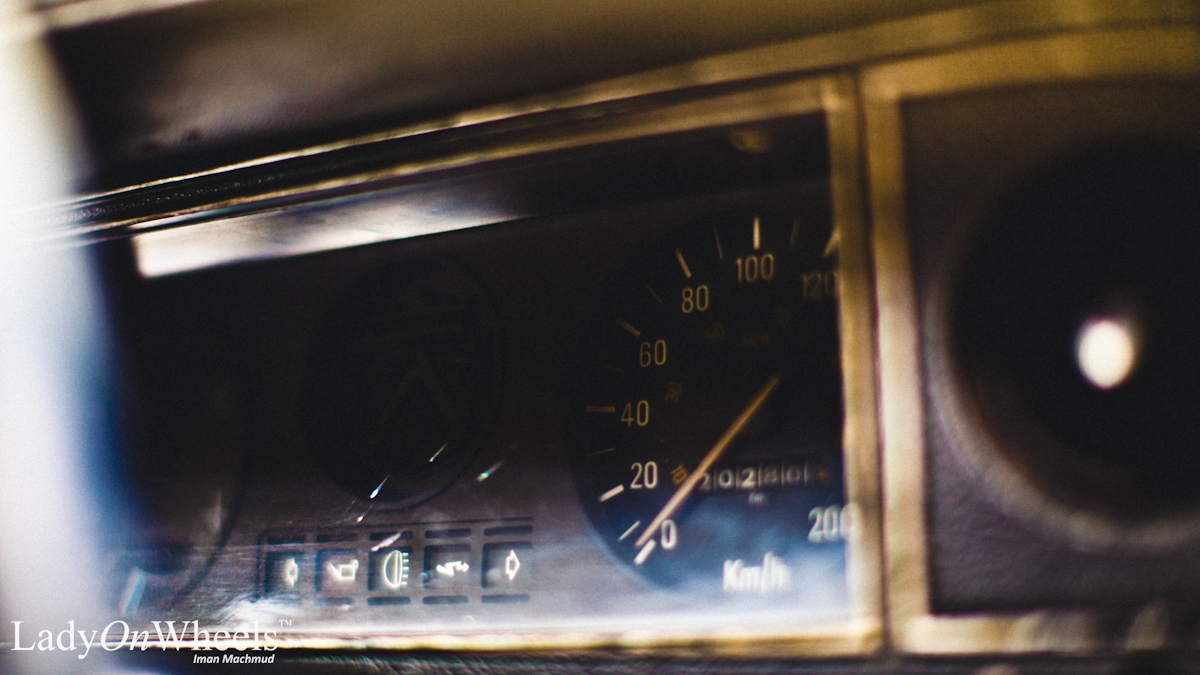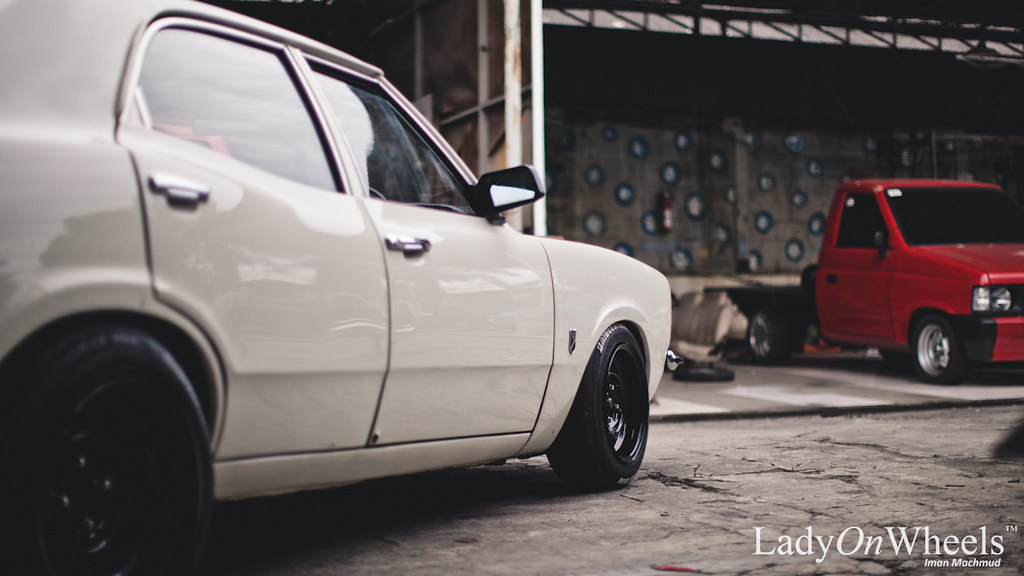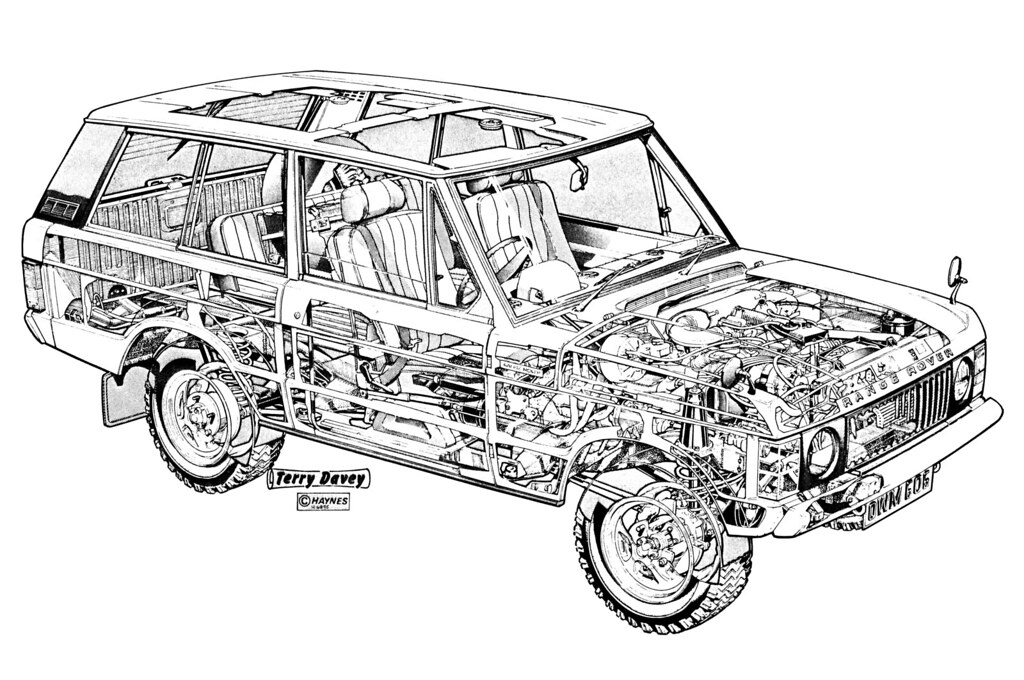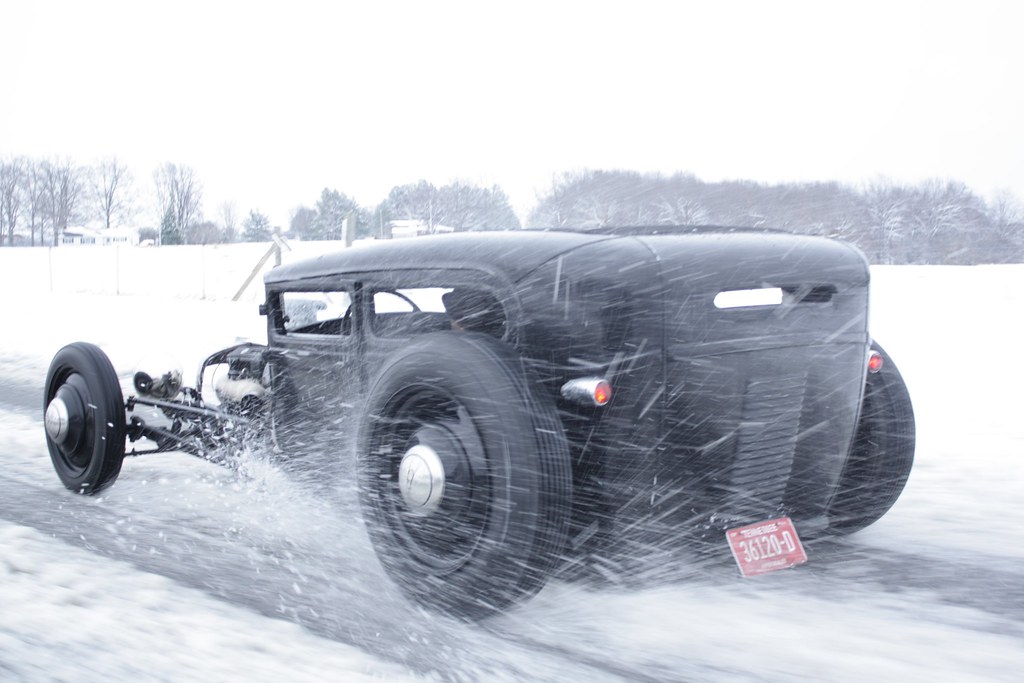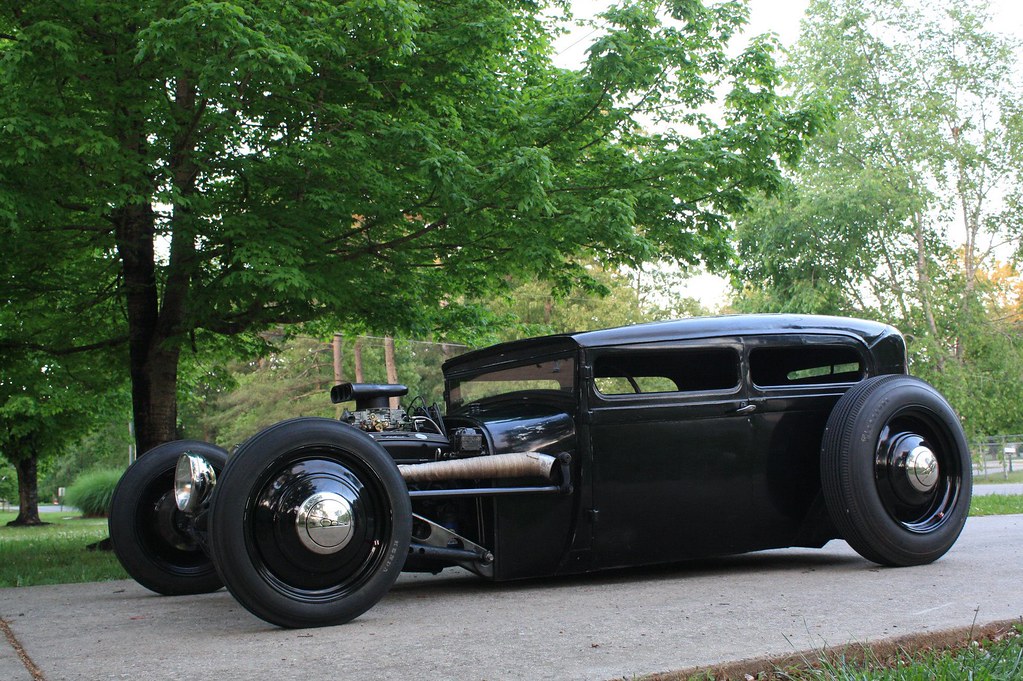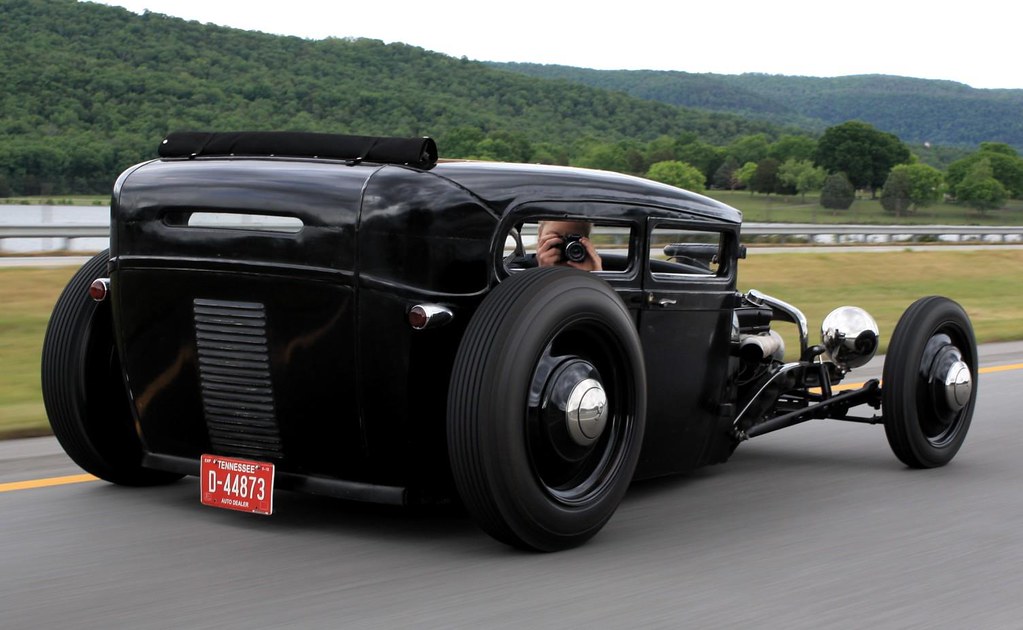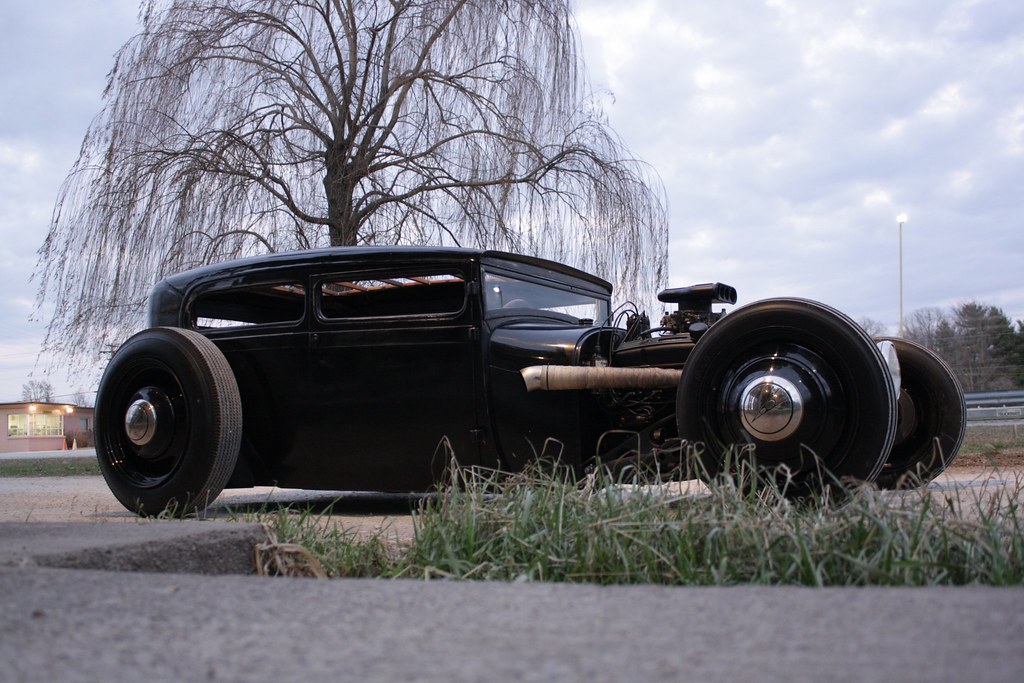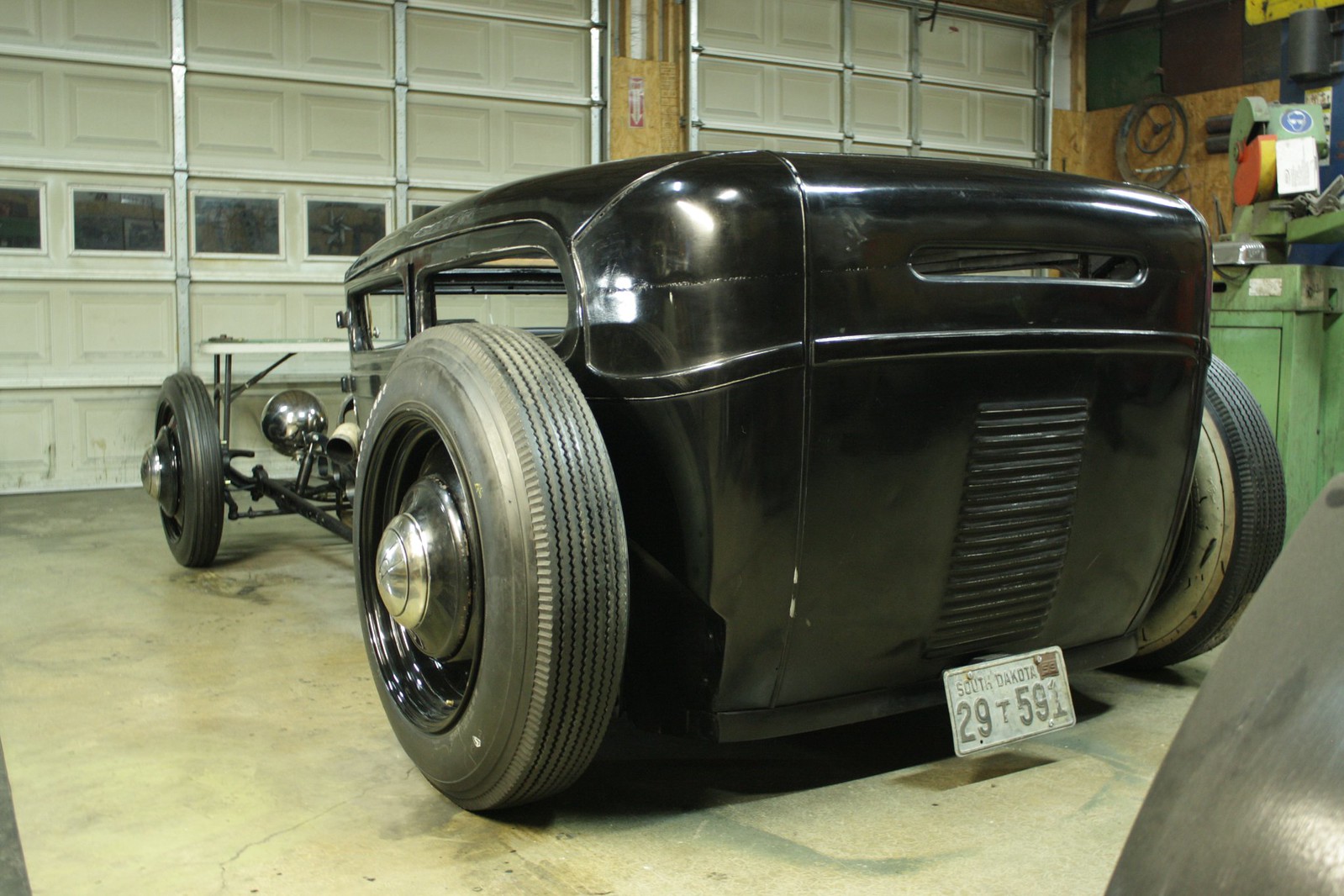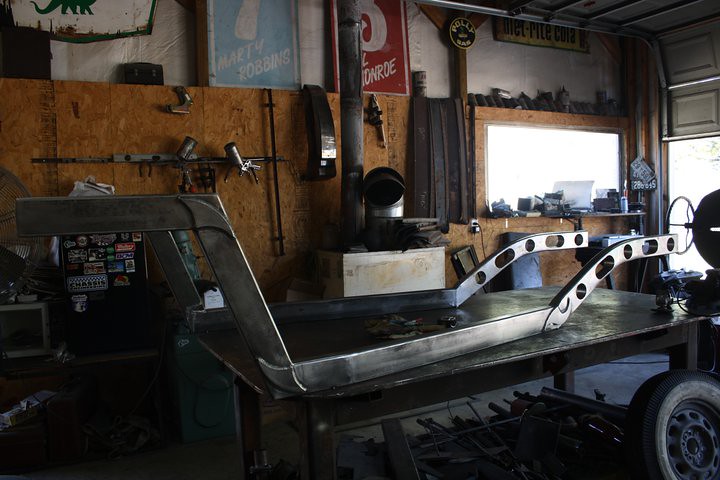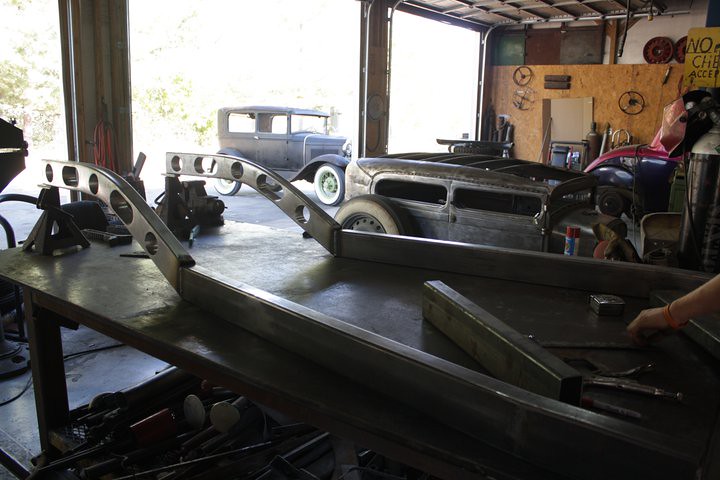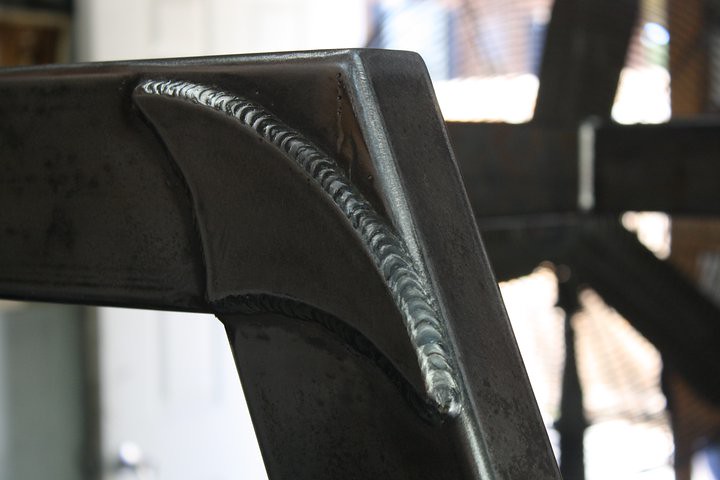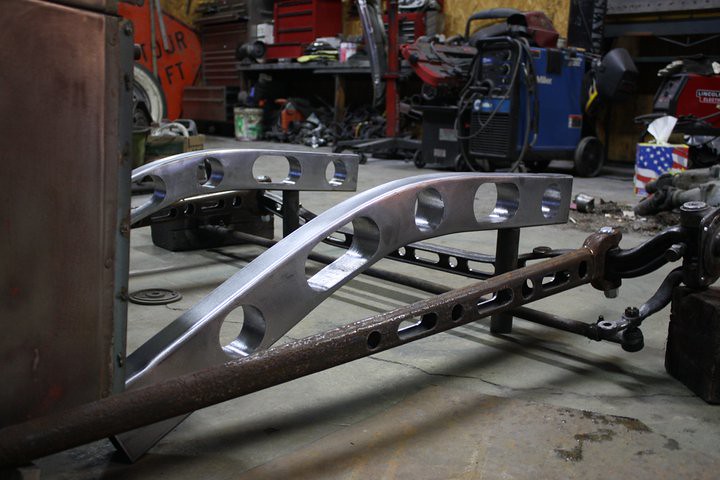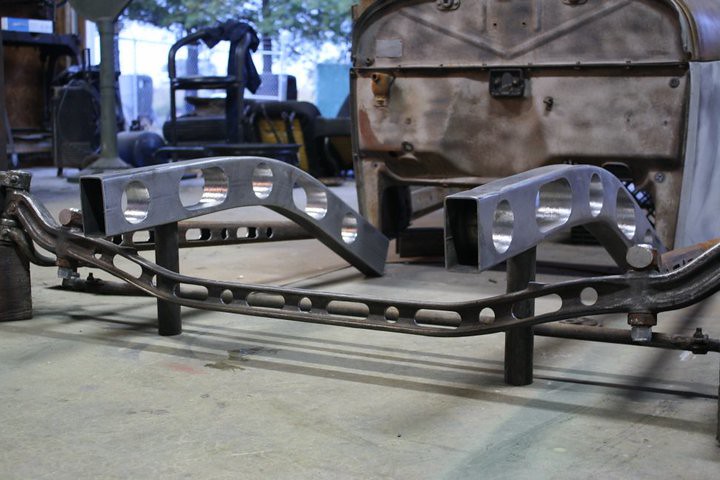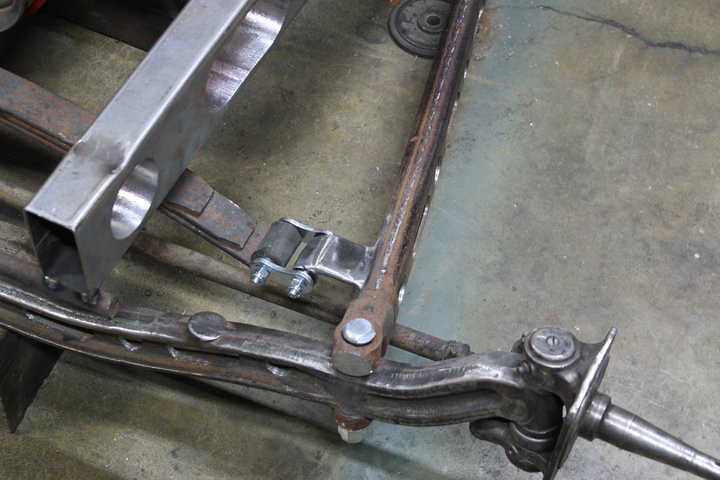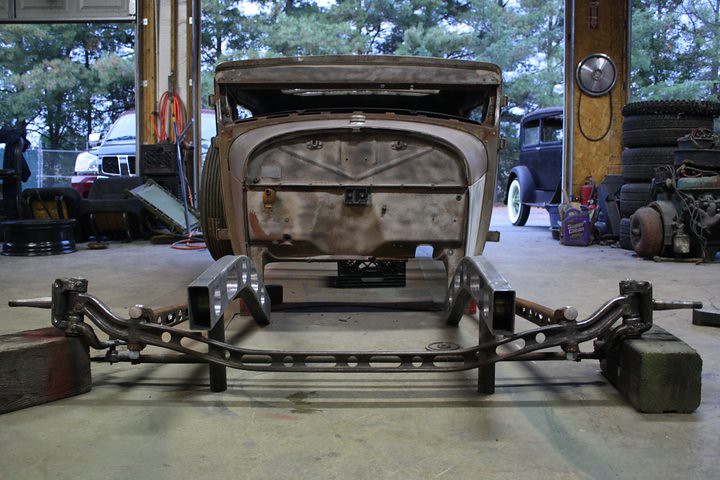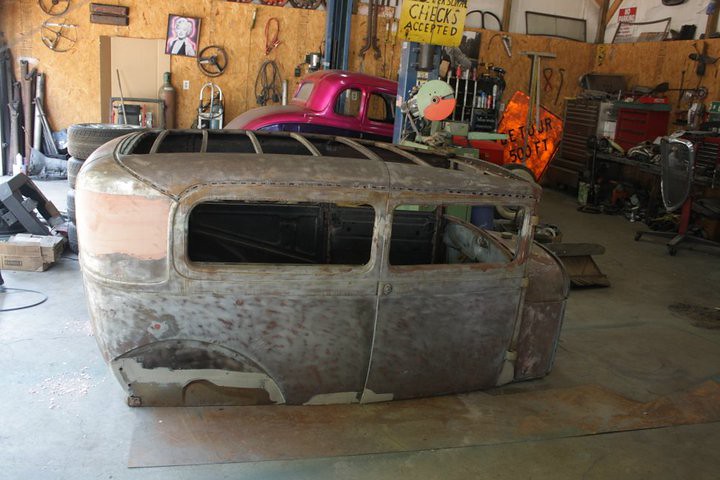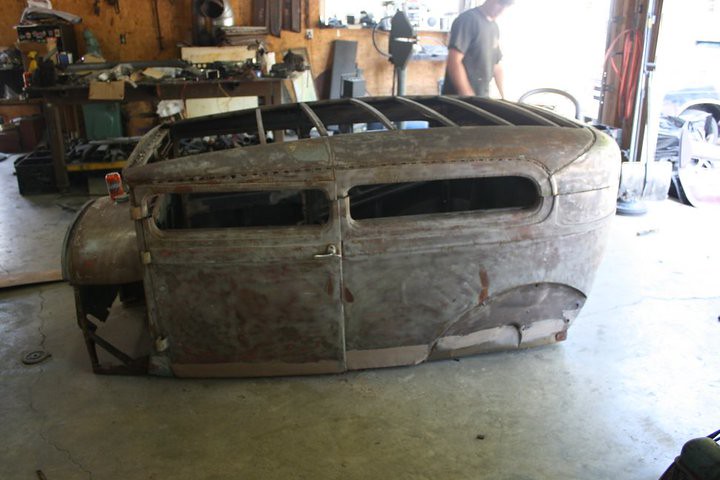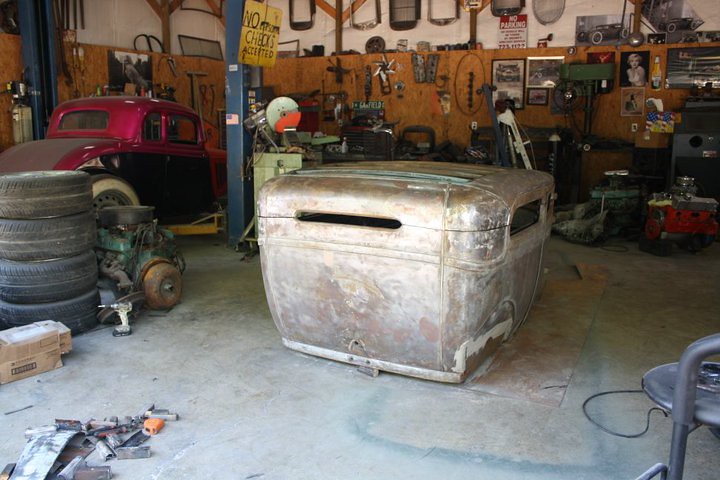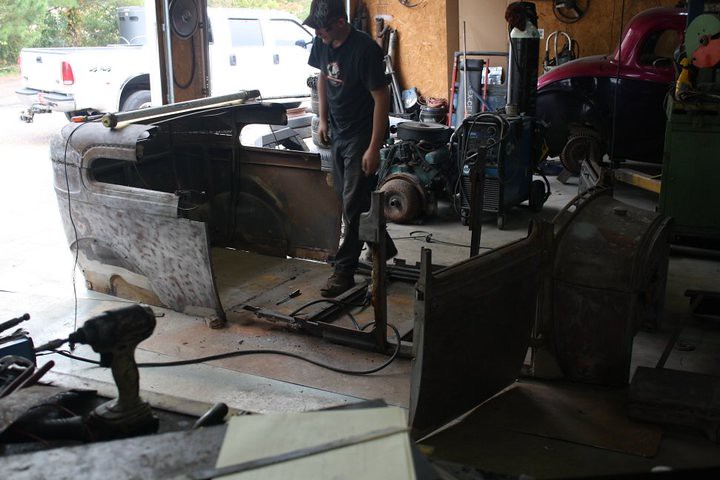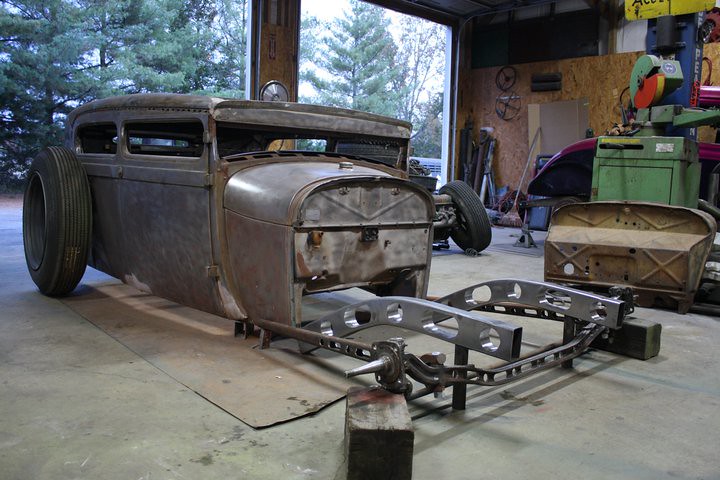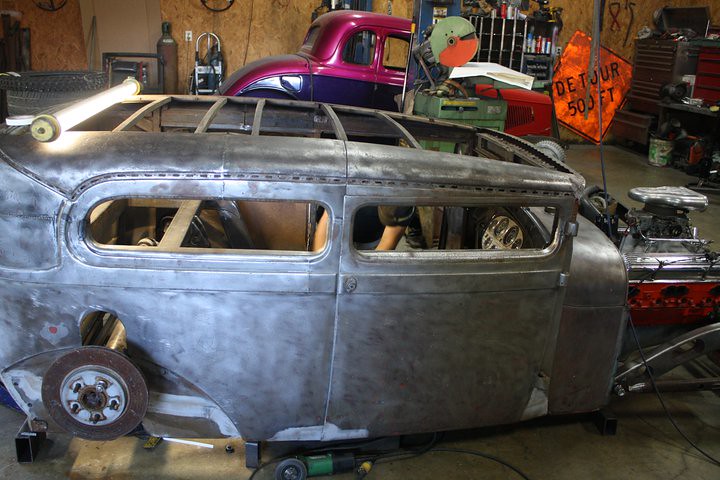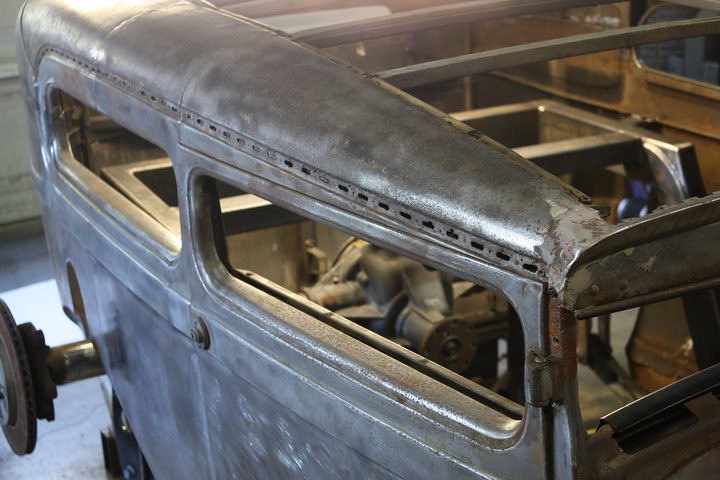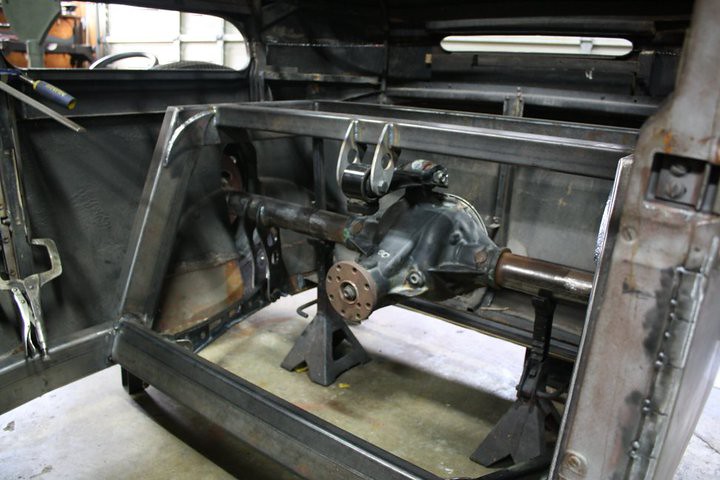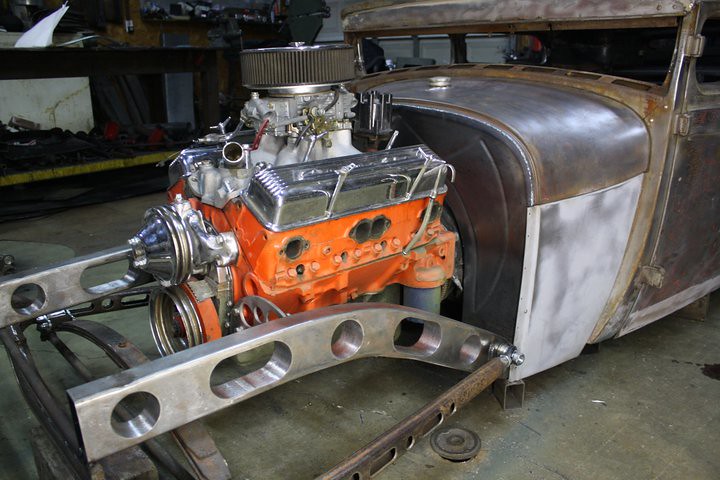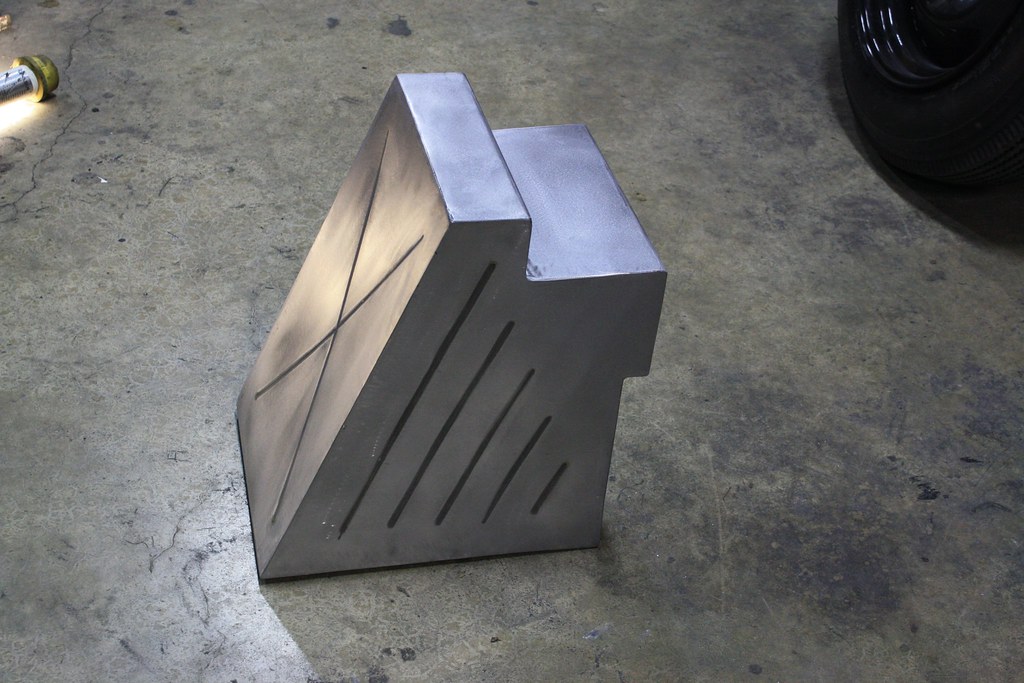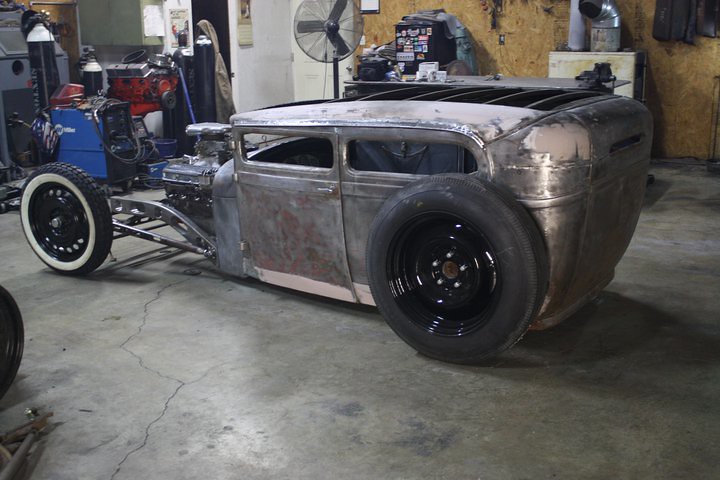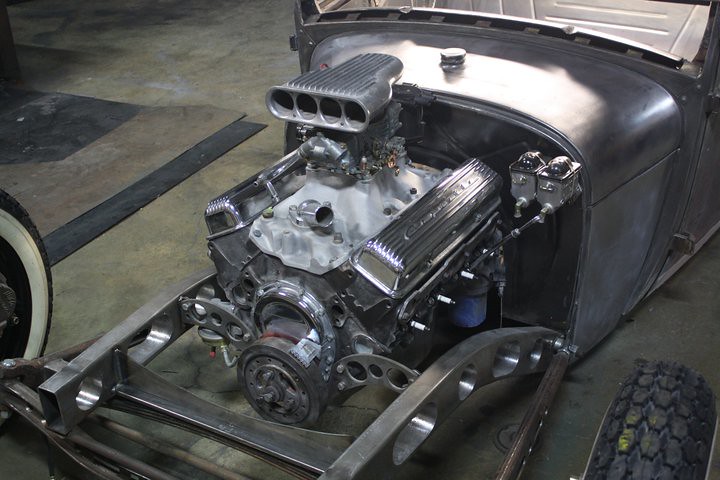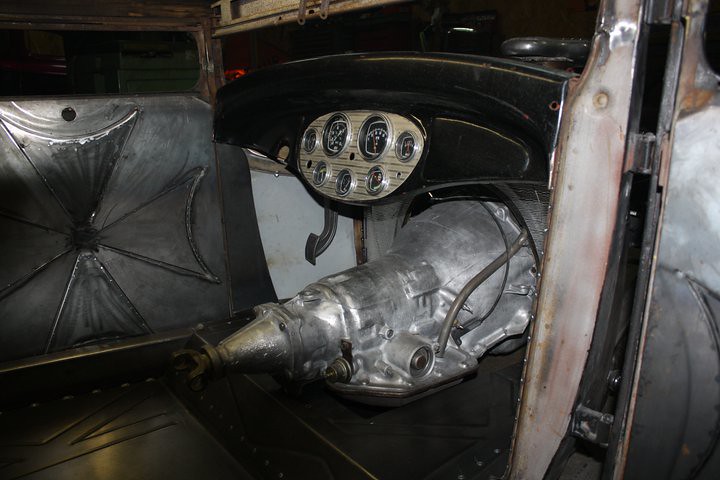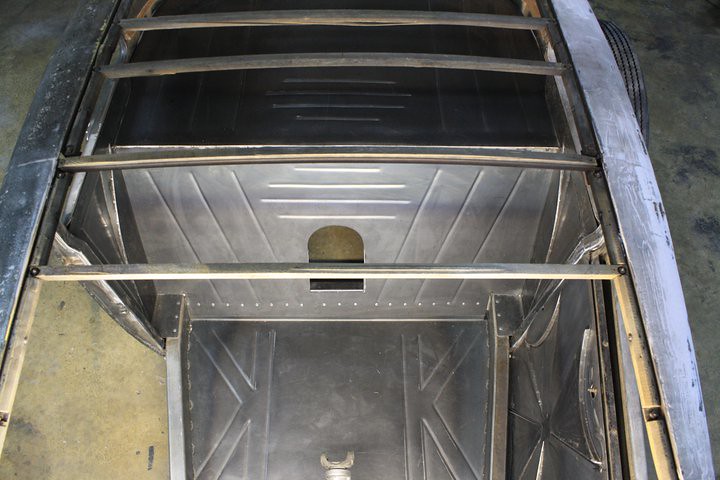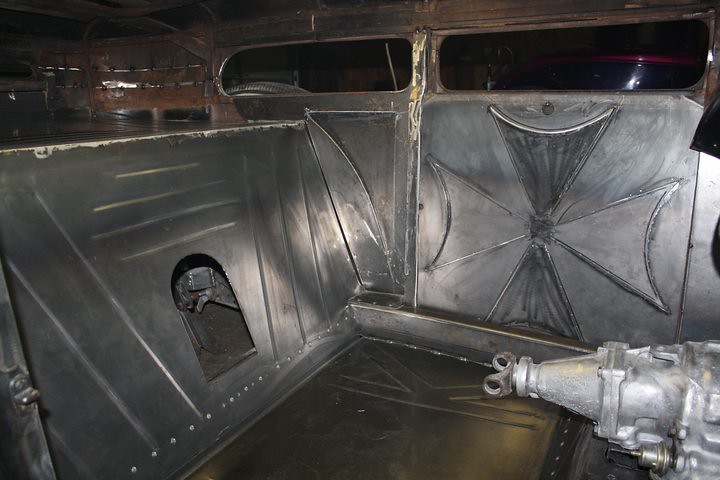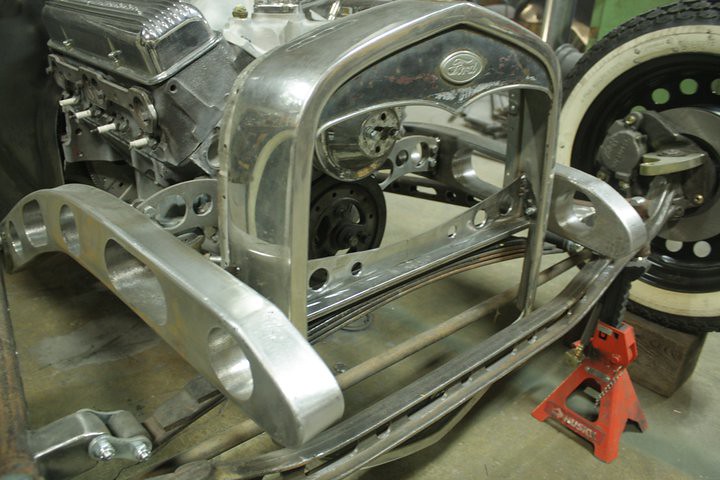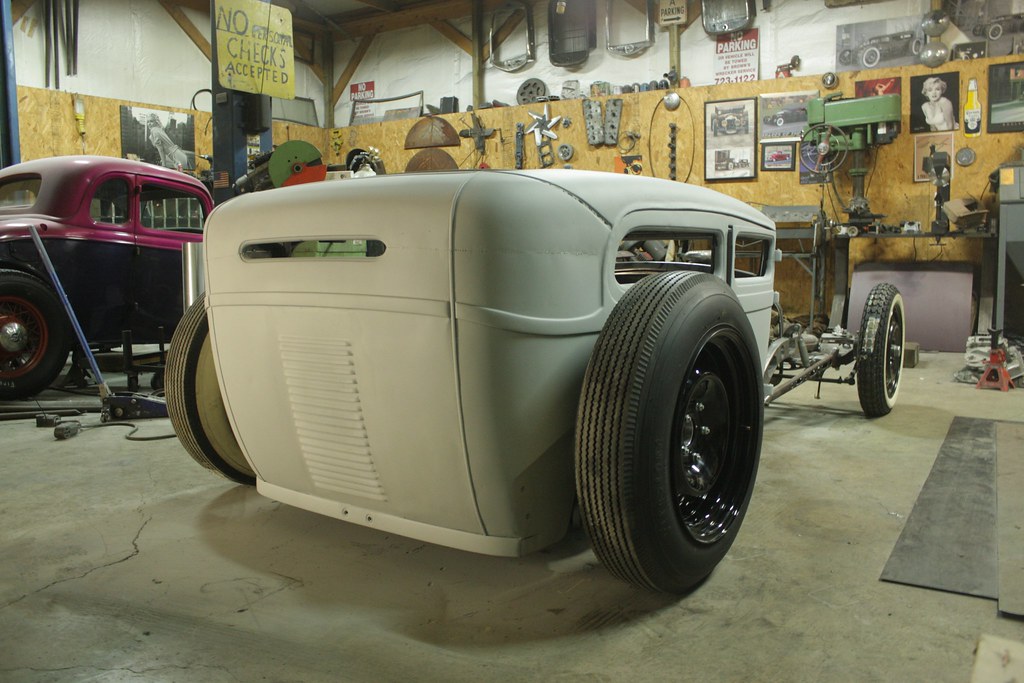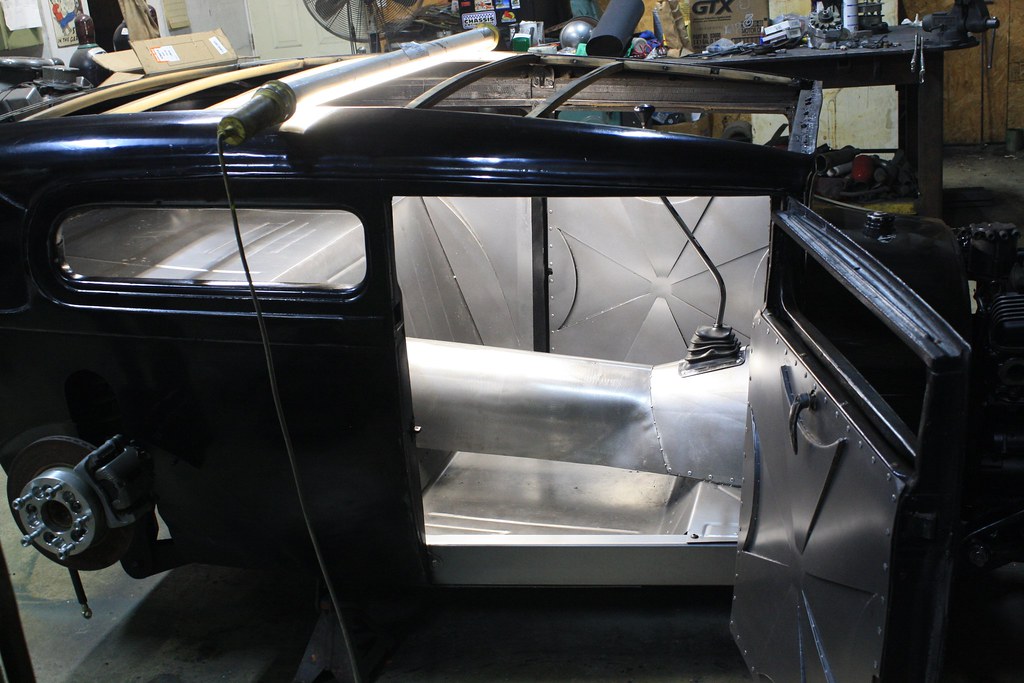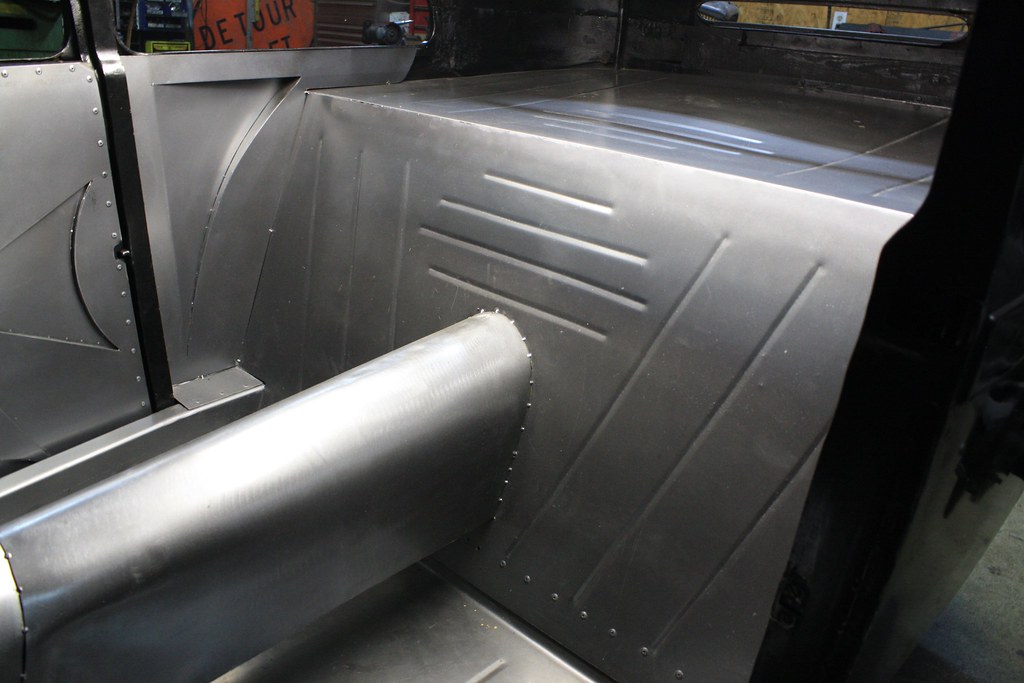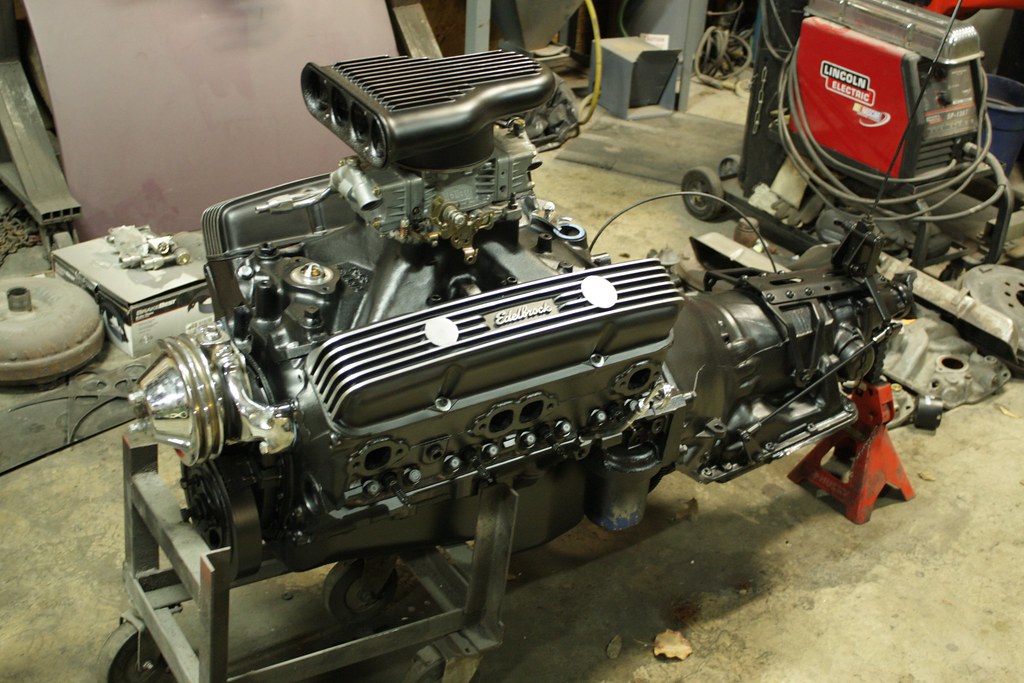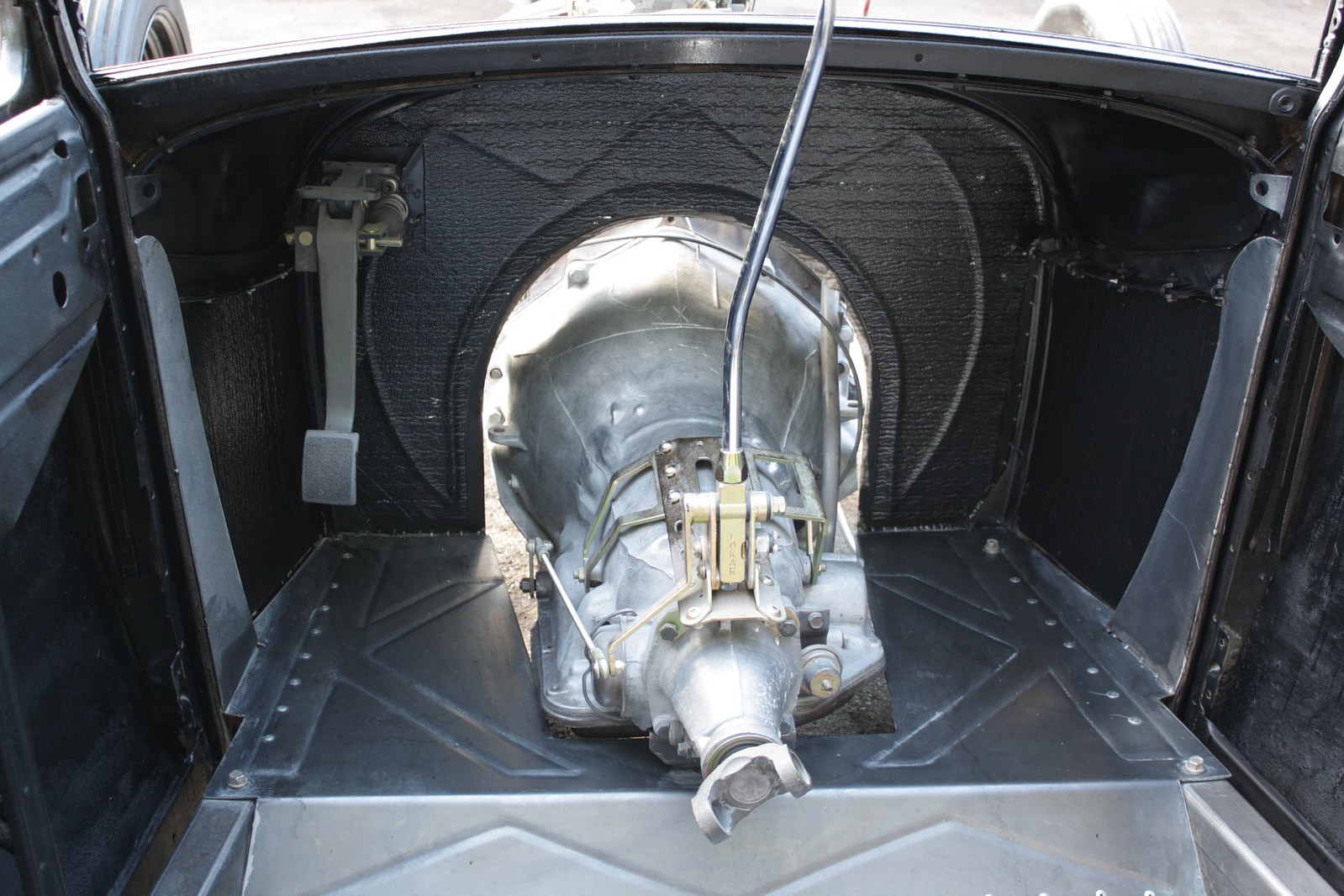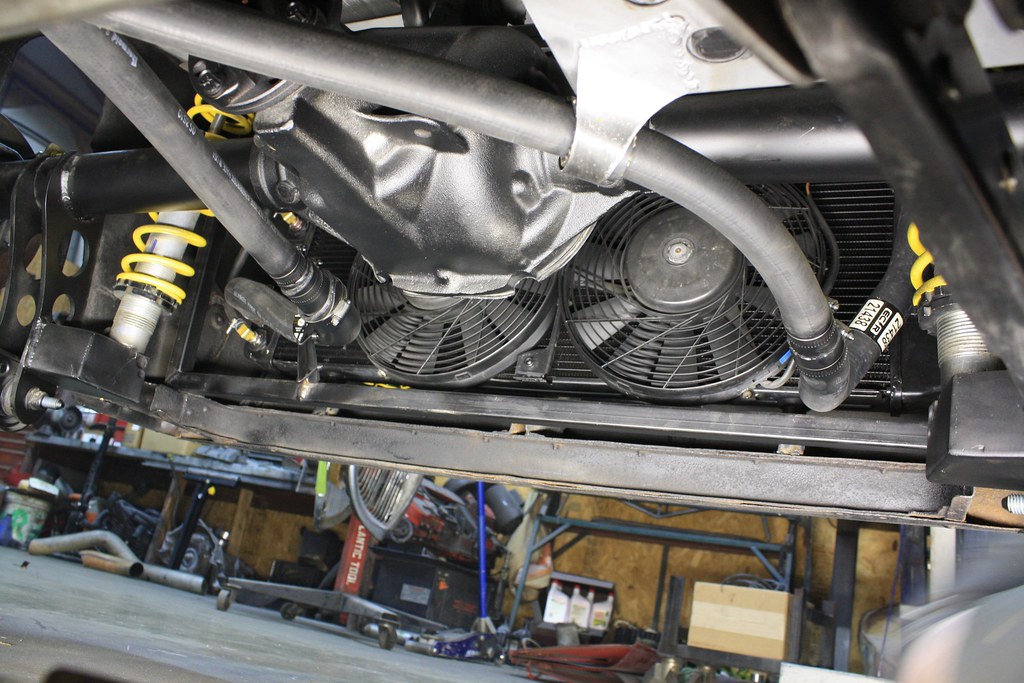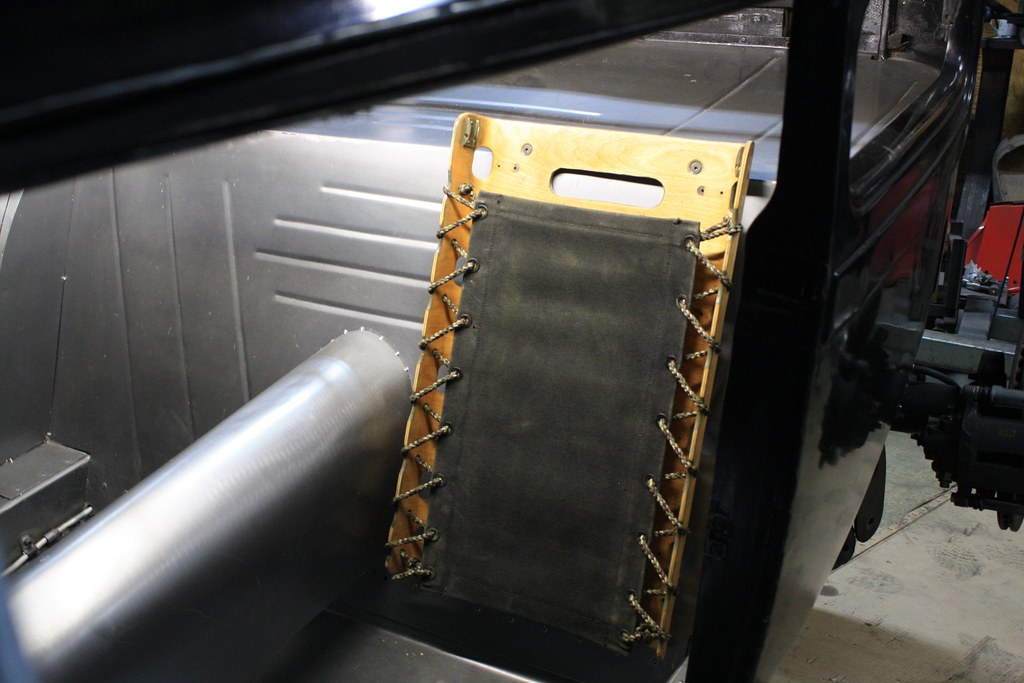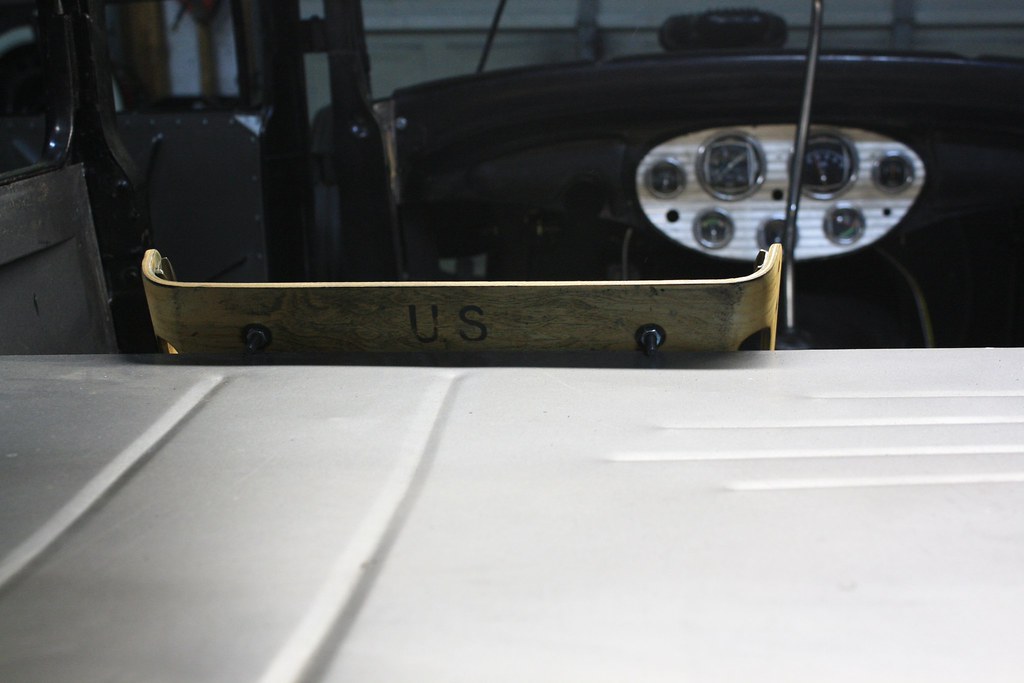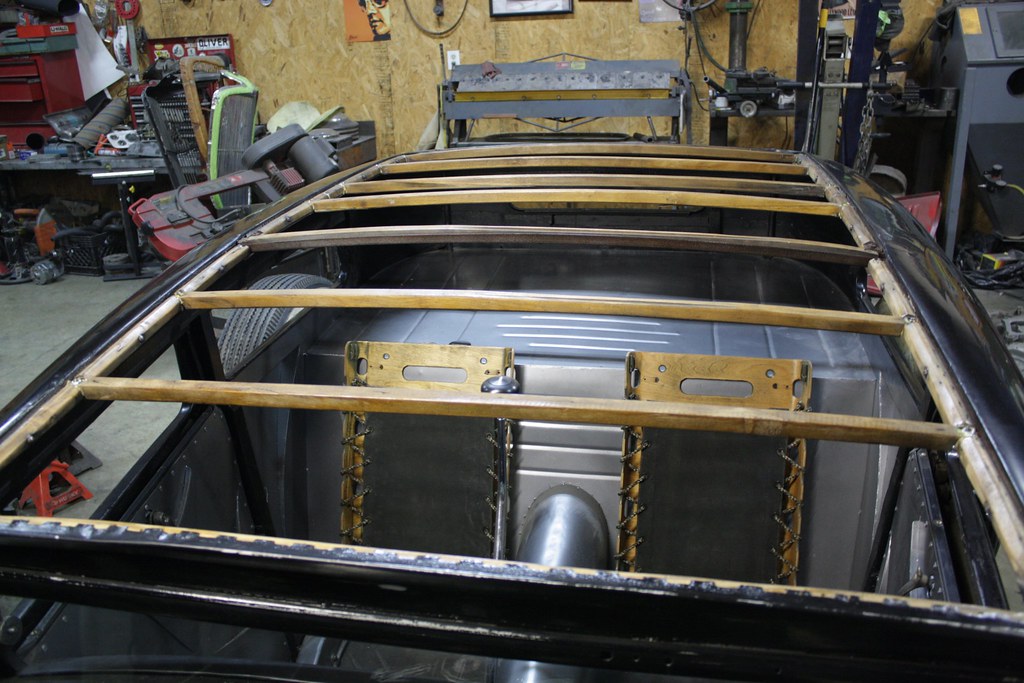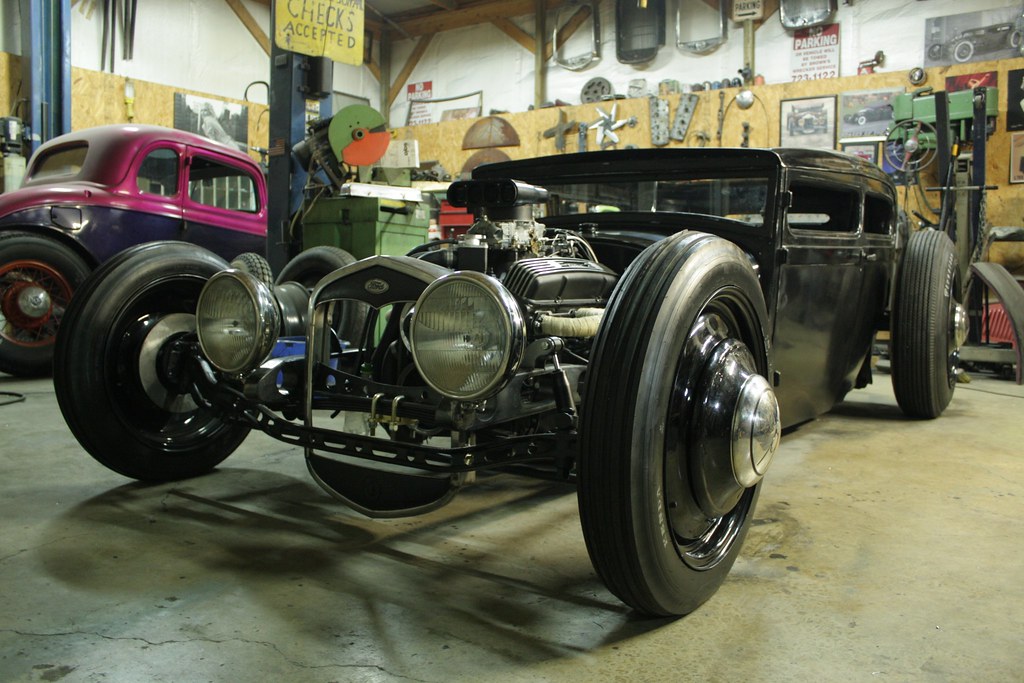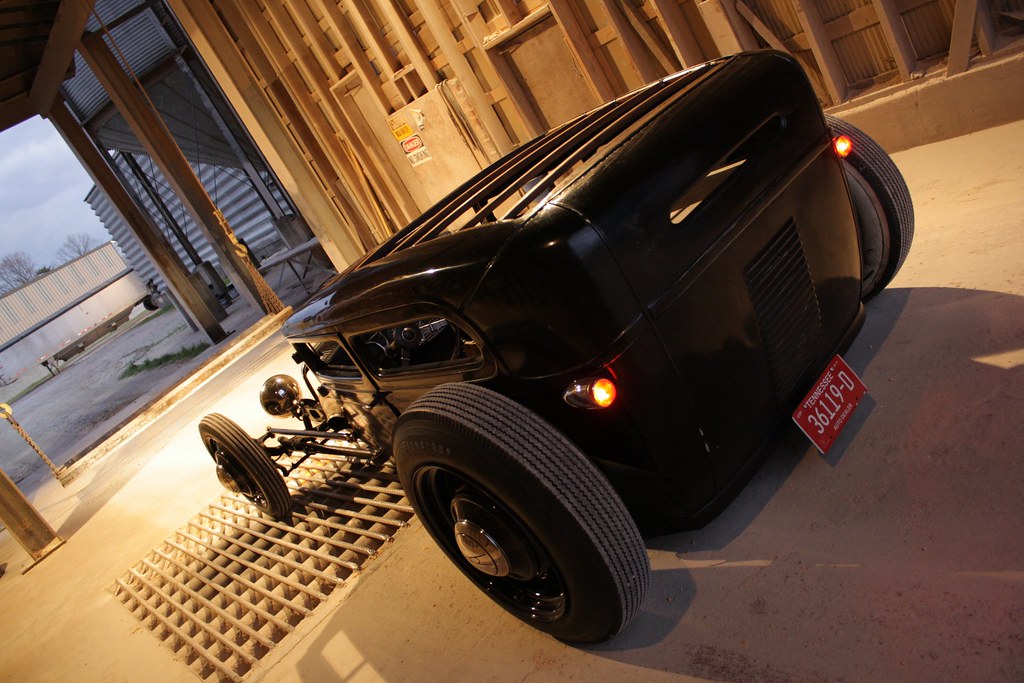See ya next week!
17 April 2014
16 April 2014
T.W.O. - Triumph T110 'Long Peace' by Heiwa Motorcycle
The Triumph Tiger 110 was a British sports bike that Triumph first made at their Coventry factory between 1953 and 1961. The T110 was developed from the Triumph Thunderbird and first appeared in 1954. The Triumph Tiger 110 650 cc OHV Twin was Triumph's fastest production motorcycle to date because it was developed for the American market, which wanted more power. The originally cast iron cylinder block and head soon were replaced with a light alloy cylinder head with special airways to improve cooling and austenitic iron valve seat inserts. The external oil feed pipes were also replaced with internal oilways via the pushrod tubes.
The Triumph Tiger 100 was named because it was capable of 100 mph (160 km/h), so it was an obvious marketing idea to call the new bike the Tiger 110 - although technically the best one way speed obtained by The Motor Cycle magazine in tests was 109 mph - but the speedometer was reading 114 mph, so there was a margin of error.
On 6 September 1956, at Bonneville Salt Flats American racer Johnny Allen secured the motorcycle land-speed record on a heavily modified Triumph T110 with a top speed of 214.17 mph. This success led to the development of the Tiger T110's successor - the Triumph Bonneville.
Although it was supposed to be the sports model of the Triumph range the Tiger 110 was no longer Triumph's fastest model, the dual carburettor Bonneville T120 having taken that title. The Tiger 110 was later fitted with the rear paneling that was introduced with Triumph's 350cc 3TA twin in 1959; this rear cowling earned it the nickname 'bathtub' from its shape and made the T110 look somewhat staid. Before the introduction of Edward Turner's unit construction 650cc twin in 1962, the T110 was dropped from Triumph's range.
Although this T110 'only' has the most important part - the engine- that hasn't stopped Heiwa Motorcycle in Japan creating a bike worth of taking that legendary engine.
More here.
- Mr Fabulous
14 April 2014
Ford Cortina MKIII - Tina Of The South Pacific
I always find it fascinating how other countries car cultures view a car that we (as in the UK) know inside out. The MKIII Cortina was never sold in Indonesia, but that hasn't stopped this one migrating there for it's retirement. Now if the the website these pictures comes from (Lady On Wheels) is any indication to go by, Indonesia is in the midst of the whole hellaflush stance thing (other buzzwords are available), so this German import (a curious place to find one, given that they were never officially sold there) must stick out even more. Given its an oddity, this early 1600L needs little done to it to make it complete; lowered a touch with black steels just about covers it, with a nifty pair of door mirrors from something or other but which really suit those classic Corty curves.
And I bet its a bugger to get parts for.- Amazosan
11 April 2014
9 April 2014
Ricky Bobby's One Nite Stand
Words: Amazosan
Pics: Ricky Brown/Just A Car Guy
Pics: Ricky Brown/Just A Car Guy
Don't worry; this isn't a portent for some kind of NSFW 'art' film starring Will Ferrell; The Ricky Bobby in question is Ricky Bobby's Rod Shop and the One Nite (sic) Stand is this low-slung '28 Model A.
Ricky “Ricky Bobby” Brown, owner of Ricky Bobby’s Rod Shop has been building rods for over 10 years and is well-known for building attention-grabbing custom rods that are unique; his rods have been featured in Ol Skool, Gauge and Amusing Cruising magazines. One Nite Stand is an typical example of his atypical approach; starting with the custom frame, it features a 12" kick up at the front and a whopping 22" (twenty two inches!) at the rear. Drilled to within an inch if it's life at the front and fully gusseted and boxed throughout, it serves as the basis for the drilled '39 Lincoln Zephyr front axle (wider track than a Model A) and drilled split wishbones, reworked at the stub axles to get it lower, with a standard Model A transverse leaf spring and short dampers doing the bouncy-bouncy duties.
Out rear, thats an 8.8 inch axle out of a 2009 Mustang, with coilovers, three links and a Panhard rod, sitting right where folk would have been back in 1928. Not much info on the wheels, but they are 18" steels up front and 20" at the rear, with custom made disc covers and hubcaps to emulate the prewar look; damn tricky. Again, not much seems to be known outside of Ricky Bobby's shop about that small block Chevy, other than it's running Edelbrock rocker covers, a Holley 650cfm double pumper carb and some sweet 'Limefire'-style exhausts.
Now to the body; bought as a beaten up shell with tons of filler, courtesy of a poorly-done 4" roof chop. Ricky rectified this by whacking out another 5" from the A's roofline; if in doubt, cut it out! Another 4" were taken out of the rear quarters to shorten it, while the body was channeled over that new frame to ensure a pan-dragging stance. The wood and fabric roof have been retained, while the interior features seats made from WWII backpacks and a dash with achingly cool gauges from a speedboat, while the low height has of course meant the propshaft runs inside the car, in a 'floating' transmission tunnel; yeah, its that low. A custom-fabbed 12 gallon fuel tank was made; just enough to hop between petrol stations, no doubt. And the whereabouts of the radiator? behind that louvered panel in the tail, keeping the fuel tank and radiator company; that small tank occupying the empty space in the grill shell is the expansion tank.
Although it was painted for practical reasons (the condition of the shell), I kinda like the fact that it is; the bare metal look has been done a wee bit too often and the black gives this car some menace. And unlike some of the rat rods populating rod runs that seem just a little too unfinished, One Nite Stand treads a fine line between raw and just plain uncooked.
- Amazosan
And some great buildup pics:
Fuel tank:
Subscribe to:
Posts (Atom)

